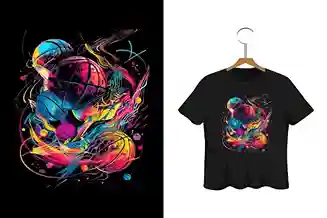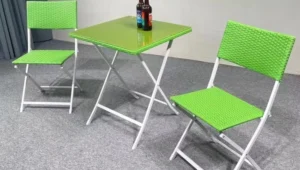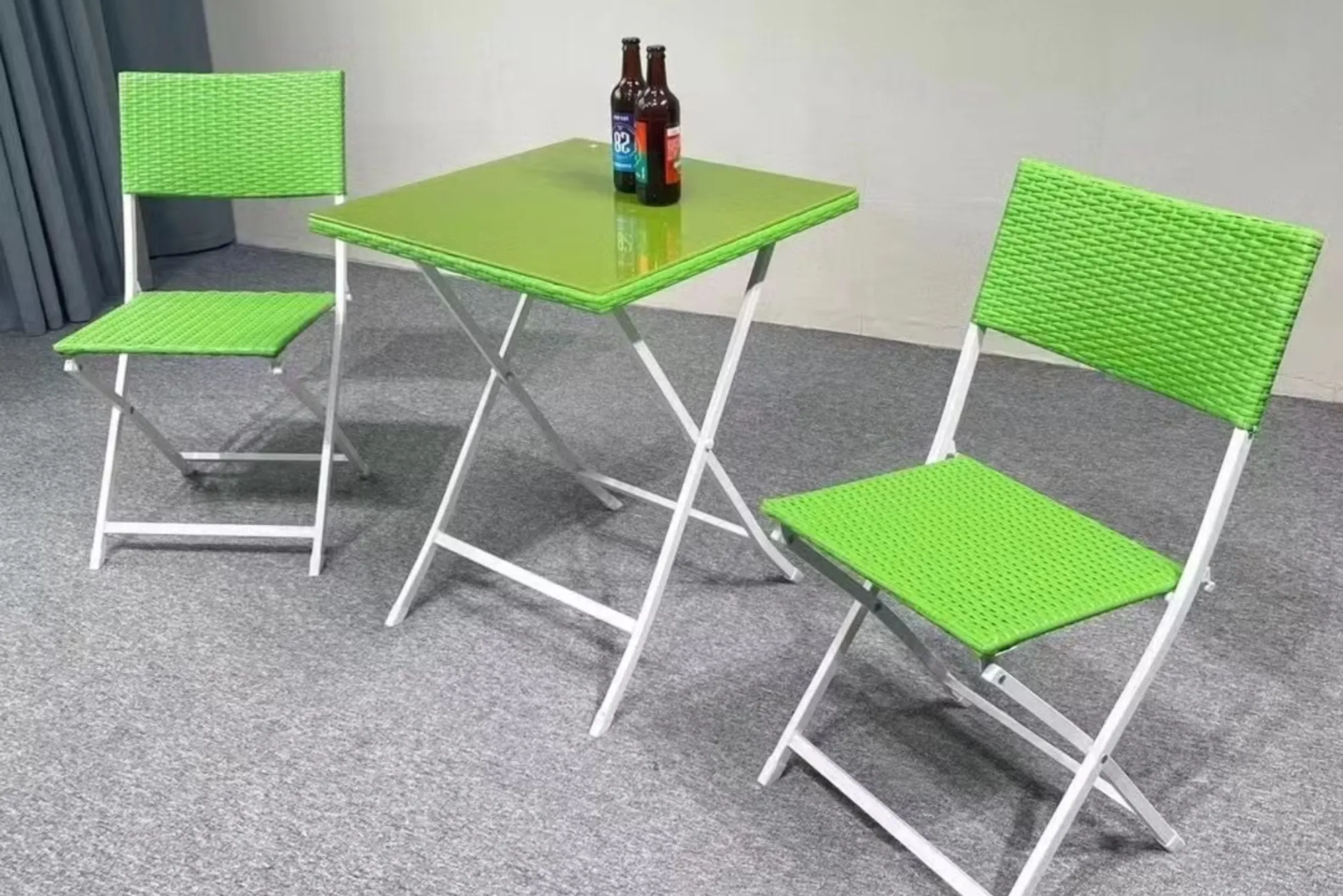What Are DTF Transfers?
DTF transfers (Direct-to-Film) are an innovative printing method that allows for high-quality, full-color designs to be applied to various fabric types. Unlike traditional printing techniques, DTF does not require pre-treatment and can be used on cotton, polyester, blends, and even non-traditional materials like leather and nylon. This versatility makes DTF transfers a game-changer in custom apparel printing.
How DTF Printing Works
The DTF process involves printing a design onto a specialized transfer film using high-quality pigment inks. The print is then coated with an adhesive powder, cured, and heat-pressed onto fabric. This unique method ensures that DTF transfers produce vibrant colors, sharp details, and long-lasting prints that withstand washing and daily wear.
Benefits of Using DTF Transfers
One of the biggest advantages of DTF transfers is their ability to adhere to multiple fabric types without requiring fabric pre-treatment. Additionally, DTF prints are highly durable, resisting cracking, peeling, and fading. Unlike screen printing, which requires setup fees and large batch production, DTF transfers allow for cost-effective, on-demand printing.
Comparing DTF to Other Printing Methods
When compared to heat transfer vinyl, screen printing, and sublimation, DTF transfers stand out for their ability to handle detailed, multi-color designs without layering. Unlike sublimation, which is limited to polyester, DTF works on both light and dark fabrics, making it a more versatile choice for custom apparel printing.
Choosing the Right Fabrics for DTF Transfers
One of the best features of DTF is its compatibility with a wide range of materials. Cotton, polyester, spandex, denim, and synthetic fabrics all work well with DTF transfers. This makes them ideal for t-shirts, hoodies, sportswear, tote bags, and even promotional items like caps and aprons.
How to Apply DTF Transfers for Best Results
Applying DTF transfers correctly is essential for a professional finish. The ideal heat press settings are 300-320°F (150-160°C) with medium to high pressure for 10-15 seconds. Once pressed, peeling the film either warm or cold (depending on the type) ensures proper adhesion. A post-press for 5-10 seconds can enhance durability and make the print feel softer.
Common Mistakes to Avoid When Using DTF
Some common mistakes when working with DTF include using the wrong heat press temperature, applying too much or too little adhesive powder, and not allowing the print to fully cure before pressing. Ensuring proper storage of DTF transfers is also crucial to prevent moisture damage and ink degradation.
Maintaining and Caring for DTF-Printed Garments
To prolong the life of DTF transfers, garments should be washed inside out in cold water using mild detergent. Avoid using bleach or harsh chemicals, as they can weaken the adhesive bond. Air drying or tumble drying on low heat ensures that the DTF prints remain vibrant and intact for years.
Conclusion
DTF transfers are changing the landscape of custom apparel printing by offering high-quality, durable, and cost-effective solutions. With their ability to work on multiple fabrics, provide vivid colors, and withstand washing, DTF is becoming the preferred choice for businesses and individuals alike. By understanding the process, choosing the right materials, and following best practices, anyone can achieve professional-quality prints with DTF transfers.
Frequently Asked Questions
- What makes DTF transfers different from other printing methods?
- DTF transfers allow for full-color, highly detailed prints on multiple fabric types without pre-treatment.
- Can I use DTF printing on dark fabrics?
- Yes, DTF works on both light and dark fabrics, unlike sublimation which is limited to light polyester.
- Are DTF prints durable?
- Yes, DTF transfers are highly durable, lasting through multiple washes without fading or cracking.
- What type of fabrics can I use with DTF transfers?
- DTF works on cotton, polyester, blends, synthetic materials, denim, and more.
- What is the best way to wash DTF-printed apparel?
- Wash inside out in cold water, use mild detergent, and air dry or tumble dry on low heat to maintain DTF print quality.
- Is DTF more cost-effective than screen printing?
- Yes, DTF transfers eliminate high setup costs, making them ideal for small-batch and on-demand printing.
- Can I use DTF prints for sportswear?
- Yes, DTF transfers are flexible and durable, making them great for activewear and athletic gear.
- Do I need a special printer for DTF printing?
- Yes, a dedicated DTF printer with specialized pigment inks is required for best results.
- What is the best way to store DTF transfer films?
- Store DTF transfers in a cool, dry place away from humidity and direct sunlight to prevent ink degradation.
- Can I use an iron instead of a heat press for DTF?
- A heat press is recommended for even heat distribution and proper adhesion of DTF transfers.










